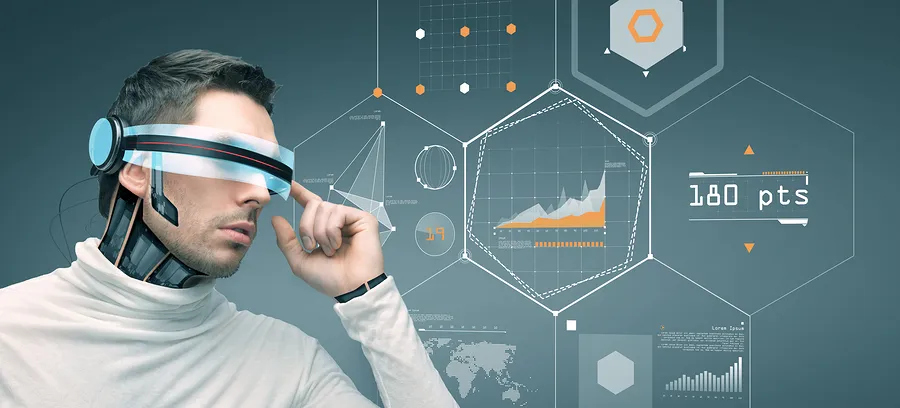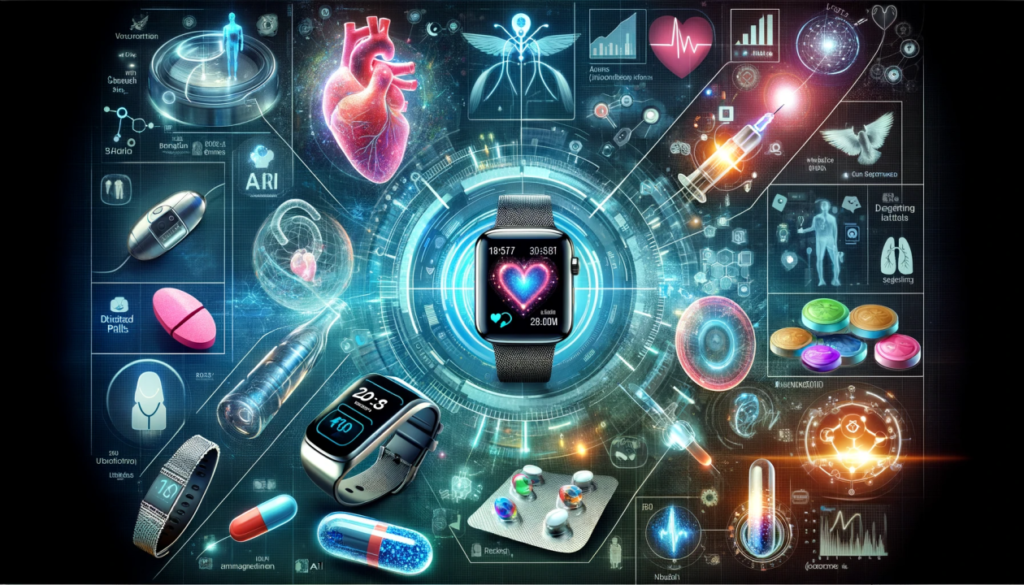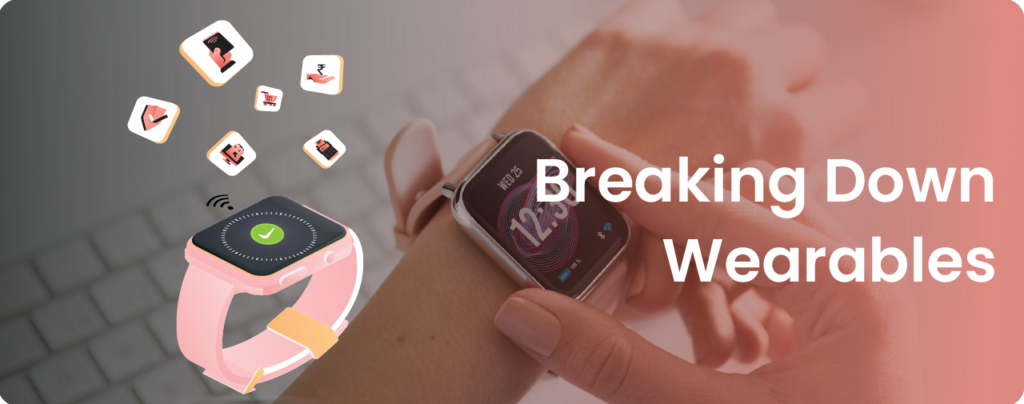
Wearable technology, often called “wearables,” represents one of the most transformative segments in the tech industry today. It encompasses electronic devices that are worn on or integrated into the body to provide smart, efficient, and interactive functionalities. These gadgets often include sensors, processors, and connectivity to deliver real-time data and insights. Let’s dive deeper into this fascinating world, covering its definition, examples, types, applications, and future potential.
What is Wearable Technology?
Wearable technology refers to electronic devices designed to be worn on the body, either as accessories, embedded in clothing, or even implanted. These devices combine fashion with functionality, offering capabilities like tracking fitness, monitoring health, enhancing communication, and much more.
Key Insight: Wearables leverage technologies such as sensors, wireless communication, AI, and cloud computing to deliver tailored solutions to users.
Examples of Wearable Technology
1. Smartwatches

- Examples: Apple Watch, Samsung Galaxy Watch, and Fitbit Sense.
- Features: Tracks steps, heart rate, sleep patterns, and syncs with smartphones for notifications and apps.
2. Fitness Trackers
- Examples: Fitbit Inspire, Garmin Vivosmart.
- Features: Focuses on health metrics like calorie count, hydration, and physical activity levels.
3. Smart Glasses

- Examples: Google Glass, Ray-Ban Stories.
- Features: Augmented reality (AR) applications, video recording, and hands-free interaction.
4. Wearable Medical Devices
- Examples: Continuous glucose monitors (CGM), ECG wearables.
- Features: Tracks vital health stats like blood sugar levels, heart rhythm, and oxygen levels.
5. Smart Clothing
- Examples: Levi’s Commuter Trucker Jacket (powered by Google), Sensoria Fitness Socks.
- Features: Integrated sensors for tracking movement and health metrics.
Types of Wearable Technology
1. Health and Fitness Wearables

These include devices like fitness bands and smartwatches that focus on monitoring physical health.
- Use Case: A fitness tracker helps you stay active by setting daily step goals and calorie targets.
2. Medical Wearables
Medical-grade wearables are designed for patients and healthcare providers, offering data on chronic diseases, heart conditions, and more.
- Example: A CGM continuously monitors glucose levels for diabetic patients.
3. Augmented Reality Wearables
AR devices like smart glasses overlay digital information onto the real world.

- Use Case: AR glasses for industrial workers provide real-time equipment diagnostics.
4. Entertainment Wearables
Focused on delivering immersive experiences, these include VR headsets and audio devices like smart earbuds.
- Example: Oculus Quest 2 for virtual reality gaming.
5. Fashion and Lifestyle Wearables
These blend aesthetics with functionality, like smart rings or jewelry that tracks stress levels.
- Example: Oura Ring, known for its sleek design and health insights.
Applications of Wearable Technology

- Healthcare and Wellness
- Remote Monitoring: Wearables like ECG monitors help doctors keep tabs on patients from a distance.
- Stress Management: Smartwatches now offer guided breathing exercises and mood tracking.
- Sports and Fitness
- Track athletic performance metrics such as VO2 max, stride length, and muscle recovery time.
- Communication and Navigation
- Smartwatches and smart glasses enable hands-free calls, directions, and notifications.
- Industrial and Military Use
- Wearables enhance worker safety, like helmets with real-time environmental monitoring.
- Soldiers use AR wearables for tactical insights during missions.
- Fashion and Gaming
- Smart fabrics are revolutionizing high-tech fashion.
- VR wearables are driving gaming into immersive territories.
Advantages of Wearable Technology
1. Real-Time Data
Wearables provide instant insights into your health, fitness, or activity.
2. Personalized Recommendations
Thanks to AI and machine learning, wearables can suggest customized health or fitness plans.
3. Improved Quality of Life

Devices like hearing aids and mobility sensors cater to users with specific needs, enhancing daily living.
Challenges and Concerns
While wearable technology has tremendous benefits, it also presents certain challenges:
- Battery Life: Many devices need frequent charging.
- Privacy Issues: Personal data collected by wearables may be susceptible to breaches.
- Cost: High-end wearables remain expensive, limiting access for some users.
Future of Wearable Technology
The wearable technology market is expected to grow exponentially, with innovations such as biometric sensors, implantable devices, and AI-driven wearables shaping the future. According to Statista, the global wearable market is projected to reach $150 billion by 2026, driven by advancements in healthcare applications and IoT integration.
Emerging Trends
- Biohacking: Devices that monitor and enhance cognitive or physical performance.
- Smart Tattoos: Temporary tattoos equipped with sensors for health tracking.
- Wearables in the Metaverse: AR and VR devices will integrate deeper into virtual spaces.
Wearable technology is more than just a gadget; it’s a revolutionary tool that blends lifestyle, healthcare, and entertainment. From smartwatches tracking your steps to medical devices saving lives, wearables are reshaping the way we interact with technology. As advancements continue, the potential for personalization, healthcare innovation, and connected living will only grow.
Recommended Reading:
- Top Wearable Tech Gadgets of 2024
- How AI is Powering Wearable Devices
- Wearables and Their Role in Preventative Healthcare



